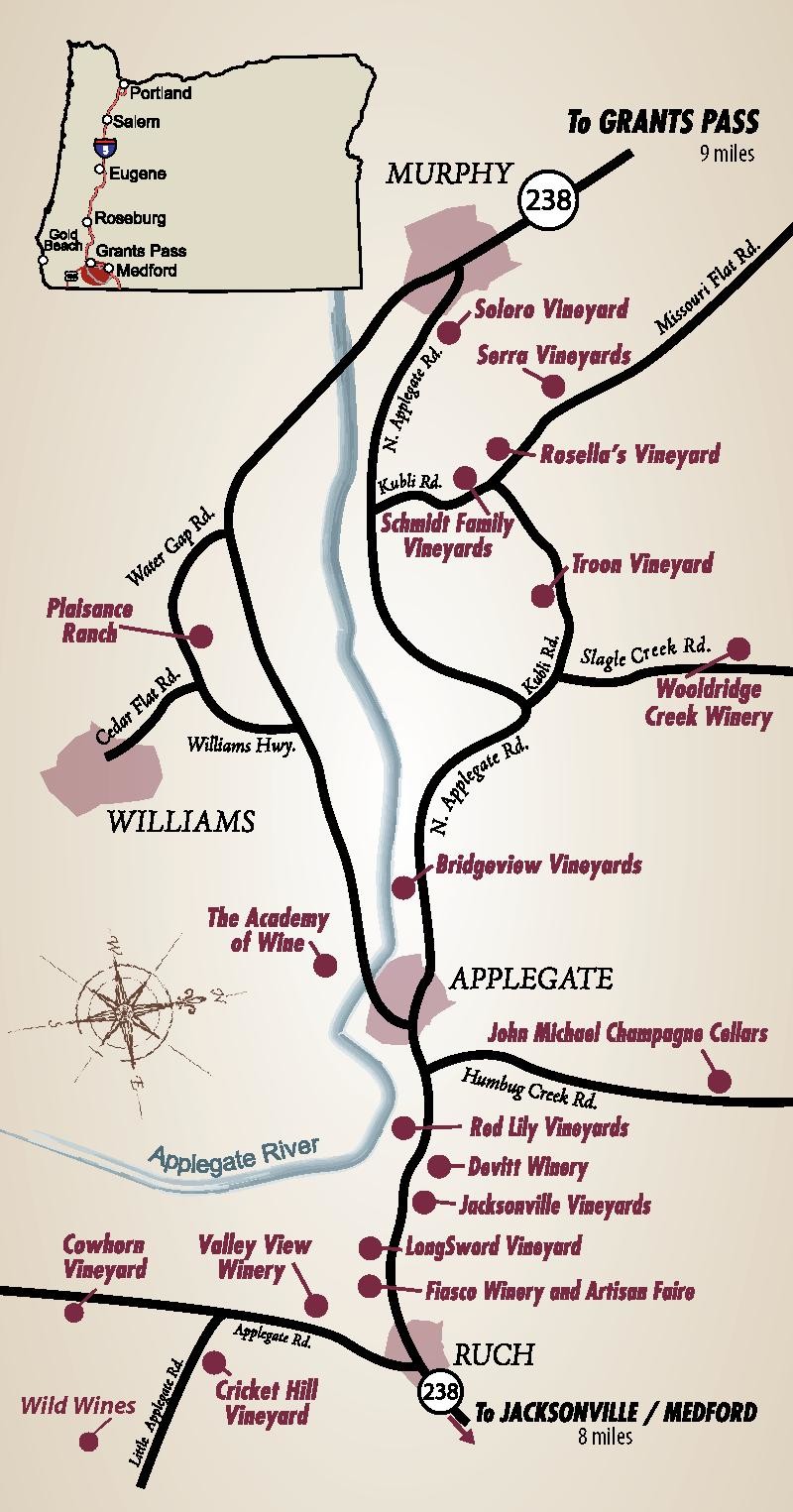Wine Tasting Tips for Beginners
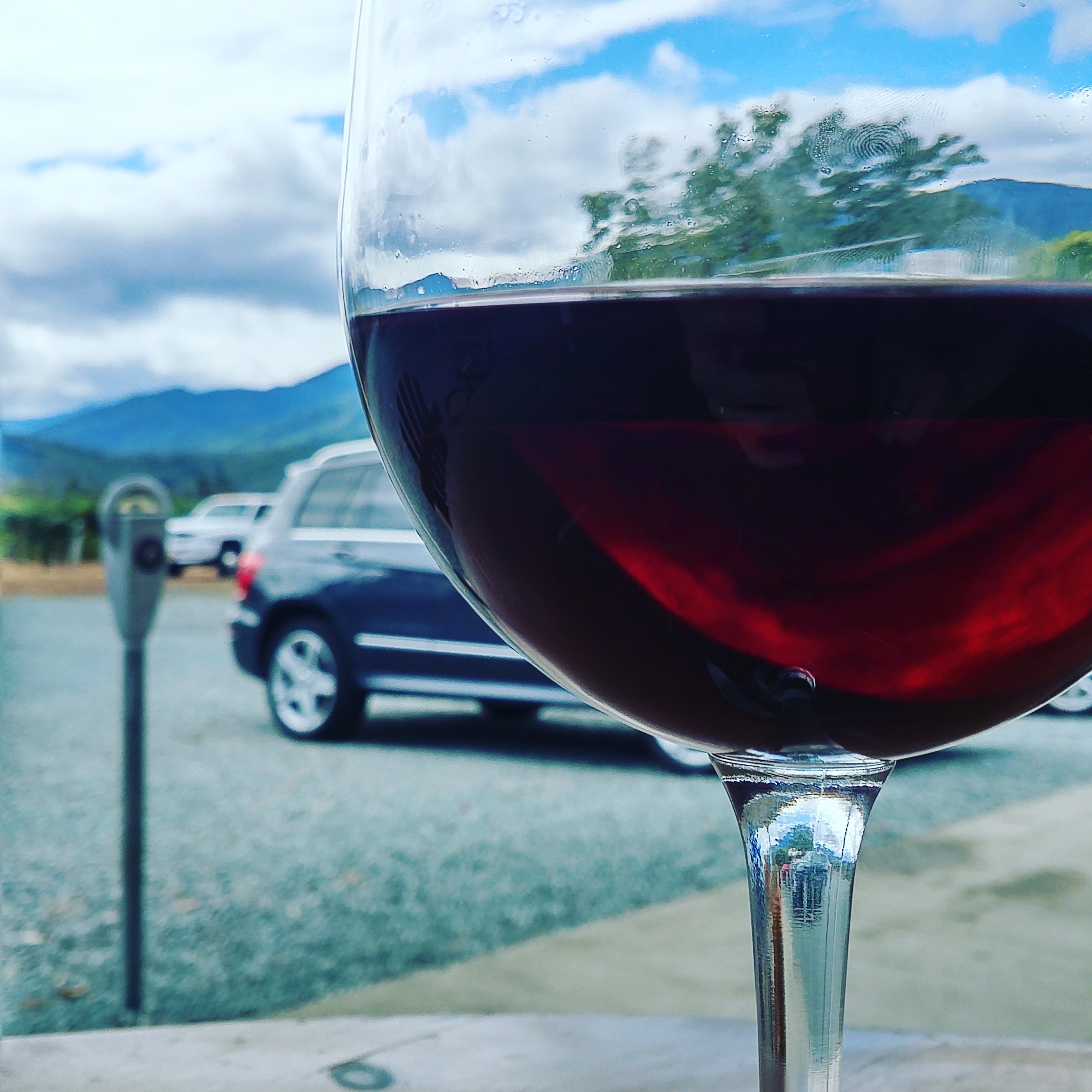
New to the world of wine tasting?
Whether you’ve been vineyard hopping before or it’s your first time, one thing is for sure: there’s nothing like going out and doing a bit of wine tasting on a beautiful day with friends! Wine tasting is the perfect social opportunity that mixes just the right amount of relaxation and creativity with adventure and interconnection. Great conversation is always available along with beautiful picturesque images of the surrounding landscape. Many tasting rooms even have pieces of artwork or jewelry to look at, admire, or buy. Also, look for pieces of historical significance which may tell a story of the surrounding region or vineyard which came into being so long ago.
So, if you’re ready for a new and intriguing kind of experience, check out a few tips below before you go!
Bring your ID
Make sure you bring something like a driver’s license with you that proves your age. Vineyard owners are just as serious about being legally responsible as they are of making stellar wine. If you’re between the ages of 21 and 45 it’s a good idea to bring ID. And always have a designated driver—that’s just good common sense.
Call ahead of time
Most likely, wine tasting rooms will be available, especially for smaller vineyards and on the weekends. However, many wineries are by appointment only, so it is best to call ahead of time to ask about hours and get the specifics on how any particular vineyard/tasting room is run. Ask how big the tasting room is and, if you are with numerous people, give them a head count as well.
Dress for the occasion
You want to feel comfortable when enjoying an afternoon of wine tasting. Don’t overdress, but do be polite and wear something decent enough you wouldn’t feel too embarrassed about if you run into the in-laws or an old friend. If you’re with a larger group of people, consider wearing something on the darker side, in case of any ‘accidental wine mixing.’ Hold off on the perfume and cologne if you don’t want to be confused with the smell of a robust glass of ‘wildflowers or a type of musty tree bark’ … which wouldn’t be all that bad, but still.
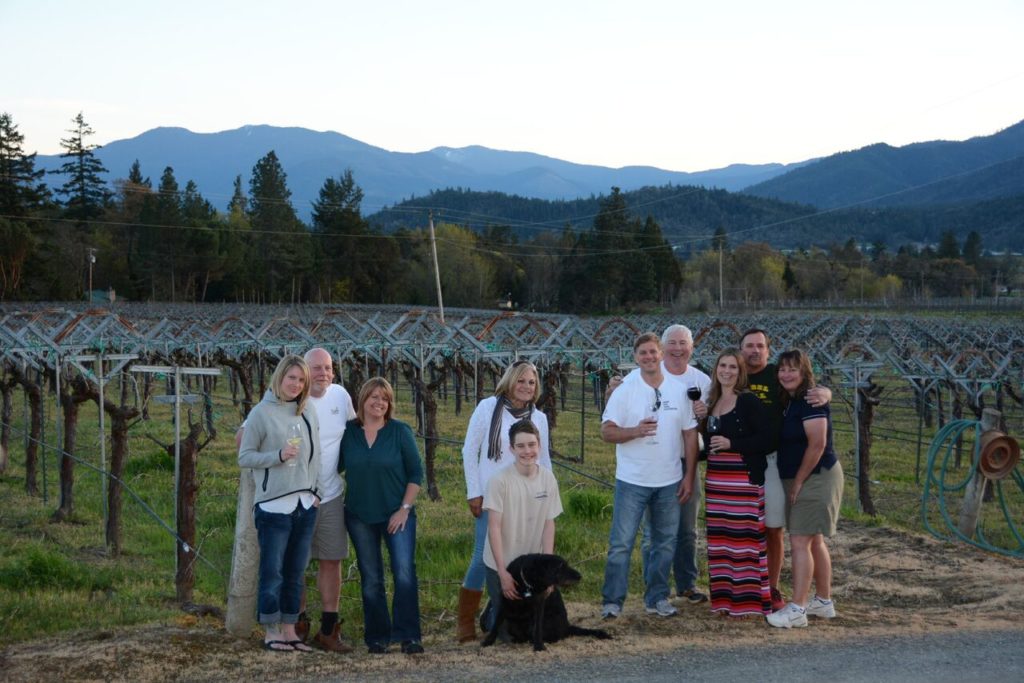
Snack before you go, or stash some in the car
Having a little something to eat beforehand will ensure a more pleasant experience. While some wineries offer a few snacks for sale, it’s a good rule of thumb to prepare ahead of time. You don’t want to ‘get tanked’ and have to leave just after the first few sips, simply because you started with an empty stomach. And of course, tasting and enjoying new wines isn’t about getting tipsy or drunk anyway. It’s about savoring a newfound experience with friends… who don’t give you the stink-eye for leaving too early from a lack of planning.
Bring money just in case… and a wine cooler
“We’re just out for a bit of fun today” is often the plan… but plans can go awry (in a good way) when you really, really find a wine you like! Trust us, it happens all the time. Stick to the plan of a simple fun-filled outing; just be prepared and you’ll save yourself a lot of headaches.
Social customs and courtesy
If you’re the last troop around or near closing time, be sure to ask if the tasting room is still available. Most tasting rooms are happy to oblige. If they do—and you and your life-filled soiree end up staying an extra 20-30 minutes—do the kind thing and buy a bottle. Chances are you won’t regret it.
Smoking
Wine is not just about its richness in flavor, it’s also about the fragrance or bouquet. Smoking or even chewing gum before a tasting will definitely take away from the whole experience. Lighting up even around the premises would be considered a ‘faux pas’ and likely get you some pretty dissatisfied onlookers, and not just from those friendly farm animals often there. There are a few acceptions to this rule. Some wineries have designated smoking areas or signs posted to help guide you. When in doubt, just ask where smoking is permitted – it’s the considerate thing to do. 
Should you bring the kids?
Many wine enthusiasts agree that while wine tasting, it’s best to leave the kids at home or with a babysitter. That being said, most wineries won’t mind having the whole family stop by, as long as there is a maintained level of respect toward keeping a calm and pleasant atmosphere, and the “horseplay” gets saved for trips to places like McDonald’s. If you do bring the whole crew, consider bringing along a few coloring books and crayons, or quiet gadgets for them to focus on while you savor and sample the whole vineyard experience. Remember, every winery is different so feel free to call ahead and ask if the winery has a family-friendly atmosphere or if the establishment is best suited for an adult outing.
Come by Rosella’s cozy tasting room, we’ve got a great selection of wines to choose from along with the perfect idea for any food pairing!
~Cheers!
Upcoming Events to ‘Spring’ some Wine for!
Fun in Josephine County!
If you’re looking for an enjoyable way to start the Spring season, you’ve come to the right place. Head over to the Grants Pass area, and look for these upcoming activities below for a good time! While you’re here, take a jaunt over to Rosella’s Vineyard and Winery which is less than a half hour ride from downtown! Our winery is part of the Apple Gate Valley Wine Trail that runs along 17 other wineries. You’re sure to enjoy exquisite scenery and a variety of wildlife along the way.
Community Pickleball

A great activity for friends and family, happening at Fruitdale Park on March 22, from 2pm – 4pm. Lessons are provided with no charge. Be sure to bring your tennis shoes. Check for recurring times from now to the beginning of April.
Barnstormers Theatre Storytellers Music Series
Join The Brothers Reed for some true authentic tunes. “Familial folk from Southern Oregon, With their comedic brotherly banter, impeccable harmonic expression, and widely varying influences, a Brothers Reed performance will have you reflecting on lost lives and lovers, laughing hysterically and leaving completely entertained.” This familial folk music starts March 23 from 7:30pm – 9:30pm.
Pinochle Club

Got an itch for card playing? “Grants Pass Pinochle Club plays double deck pinochle every Wednesday and single deck pinochle every Saturday at the Grants Pass Duplicate Bridge Club building at 401 NE E St. Grants Pass, Oregon.” Begins March 24 from 6:00 PM – 9:00 PM.
Say Cheese for Josephine County Food Bank
Got a hankering for a tasty cheese dish? The Josephine County Food Bank is doing a fundraiser to help low and no income individuals. “Daily and During the whole month of March, TWENTY Grants Pass restaurants will give $2 from each grilled cheese sandwich sale to the Food Bank…” So hit the streets and get sampling that grilled cheese!
RV Flyers Radio Control Swap Meet
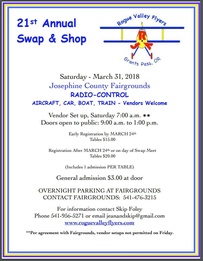
Are you or your friends into radio-controlled aircraft, cars, boats and model trains? Is it time to switch your model out for a different one? Well, bring the whole gang March 31 from 9am – 1pm for a bit of engineer intrigue fun.
Grants Pass Growers’ Market Summer Season
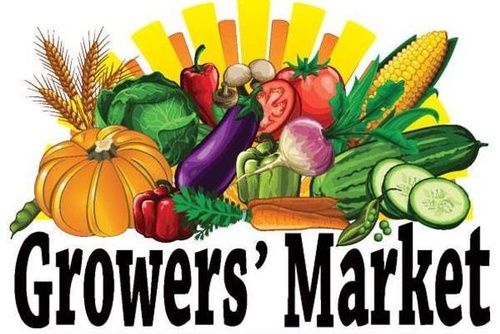
Grower’s market Summer season begins March 31 from 9:00 AM – 1:00 PM. Bring friends and family to check out the fresh fruit, vegetables and homemade crafts!
Remember to stop by Rosella’s Tasting Room for great pairing choices. We’ll help you choose the perfect wine for any occasion whether it be a fine dinner, celebration, or for the perfect picnic brunch!
~See you at Rosella’s
The Grapevine’s Life Cycle
Ever wonder what those grapes are up to this time of year?
Well, it’s your lucky day! Rosella’s will give you a quick from vine to wine tour in terms of the seasonal life cycle. But first, did you know the average time a baby vine takes to reach harvest maturity is 3 years? And the average lifespan of relatively consistent grape production is 30 years? Yeah, the “commonalities” between man and the grapevine have more truth than you might suspect. Some things really do improve with age. So, here’s a few things to stick in your journey bag of continuing knowledge.
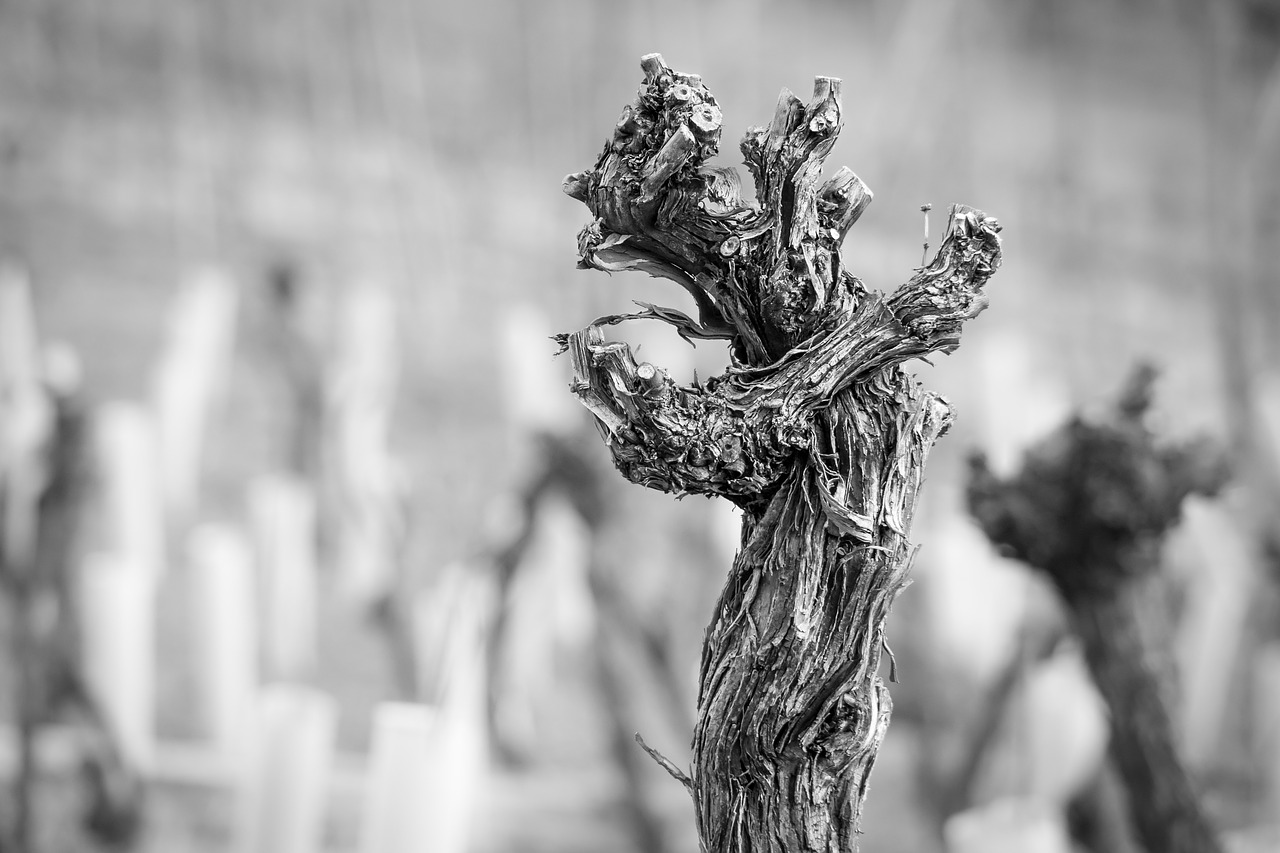 Winter Pruning
Winter Pruning
Similar to the summer harvest, winter pruning takes a great deal of energy and time. It sounds pretty simple, right? Actually, it can be either simple or deeply involved depending on the vineyards chosen set of techniques, and there are quite a few to choose from: single cordon, double cordon, single guyot, double guyot, geneva double curtain, scott henry, pergola…you get the point. Techniques are chosen depending on things like cool or warm climate, air and sun exposure (related to vine type), amount of space needed and production balance.
Spring Budding
This will happen around April and May. As the season warms up, distributing more light and a more agreeable atmosphere, sap will begin to push up the vines and create very tender buds. This is the time of year many vineyard owners are biting their nails because one good hailstorm or late freeze at just the right time could ruin or seriously injure the winemaking process.
Spring Growth Begins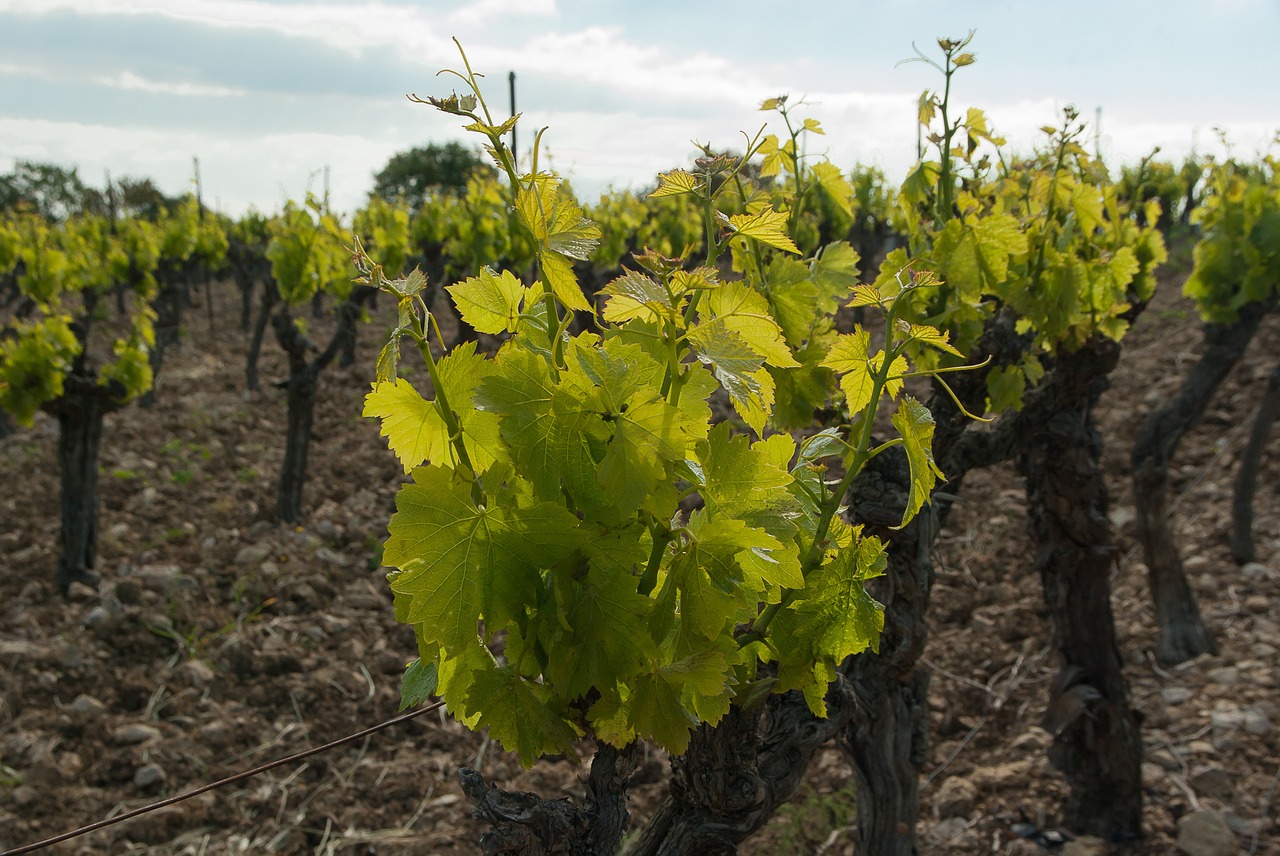
In later Spring, more sturdy growth appears, and this can also be a time to do a bit of pruning. Many owners will choose to cut back downward facing foliage in order to give the plant a chance to produce a more concentrated, quality grape. This is also the stage of what’s known as the perfect flowers because pollination happens without the bee kingdom’s help.
Berry Growth Begins
Around June and July, small clusters of berries begin to emerge. Certain precautions have to be taken in order to protect the incoming fruit as types of bird and deer are particularly tempted by them.
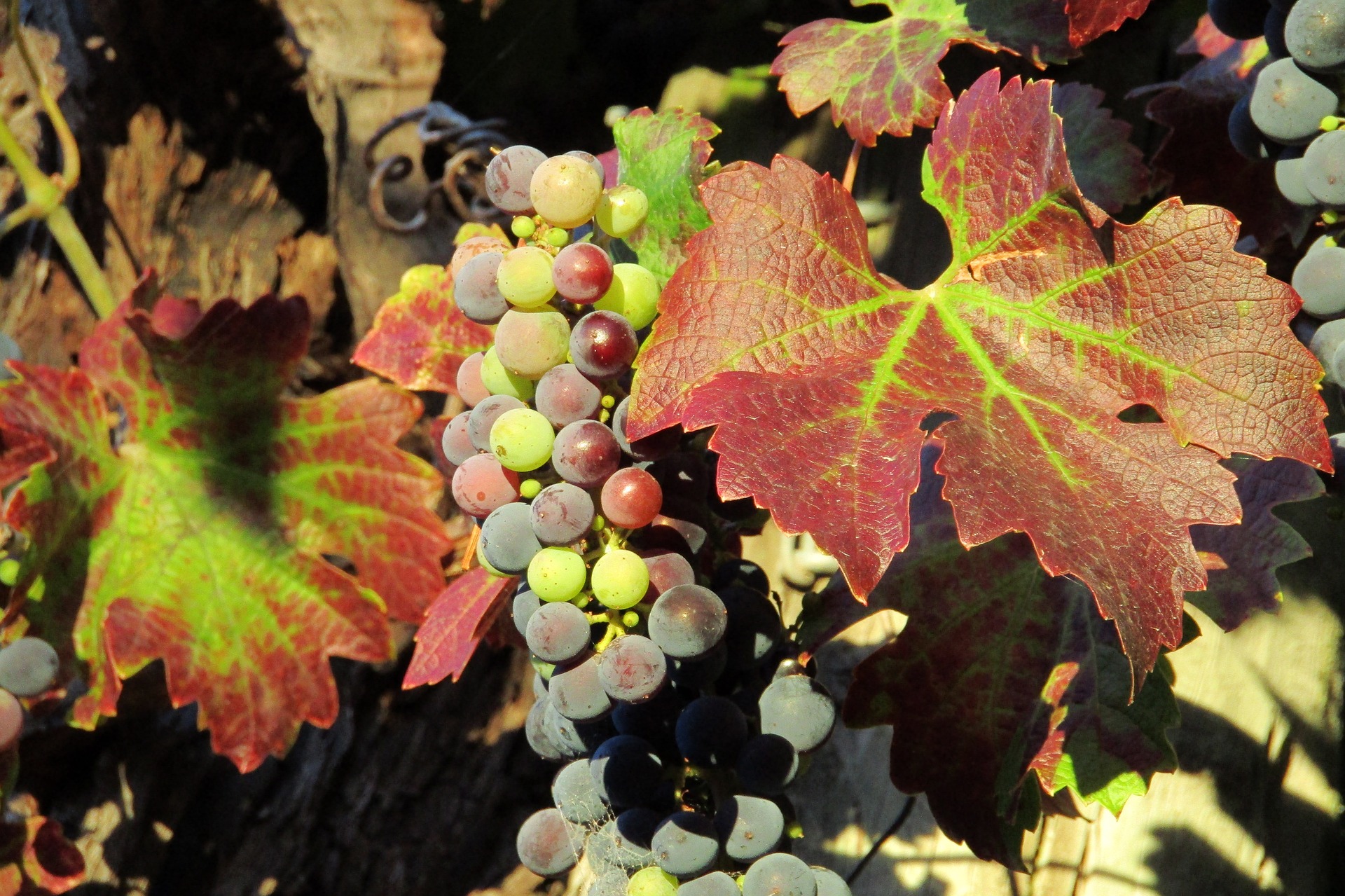 Grape Color Changes
Grape Color Changes
Often known as the Veriason period, grape cells stop dividing and begin to produce sugar. Color changes and grapes begin to feel softer to the touch. This process will is a bit different depending on the vine. It is also a perfect time of year to take a stroll and see all the beautiful hue changes.
Fall Harvest
The process of Vines Lignify begins to occur and the vines themselves become harder and of a darker color. Harvesting usually takes place around September and November. At this time, it is crucial to pick the right week in which pickers can benefit from most of the plants, because grapes do not ripen once picked, and picking too late produces an overly acidic wine.
Late Fall Harvest
Sometimes vineyards do a late fall harvest in order to produce a sweet dessert wine. At this point, the grapes will have dried out a bit more and will have stopped producing carbohydrates drawn from the leaves. The vines leaves also change to different beautiful colors and fall to the ground.
Winter Dormancy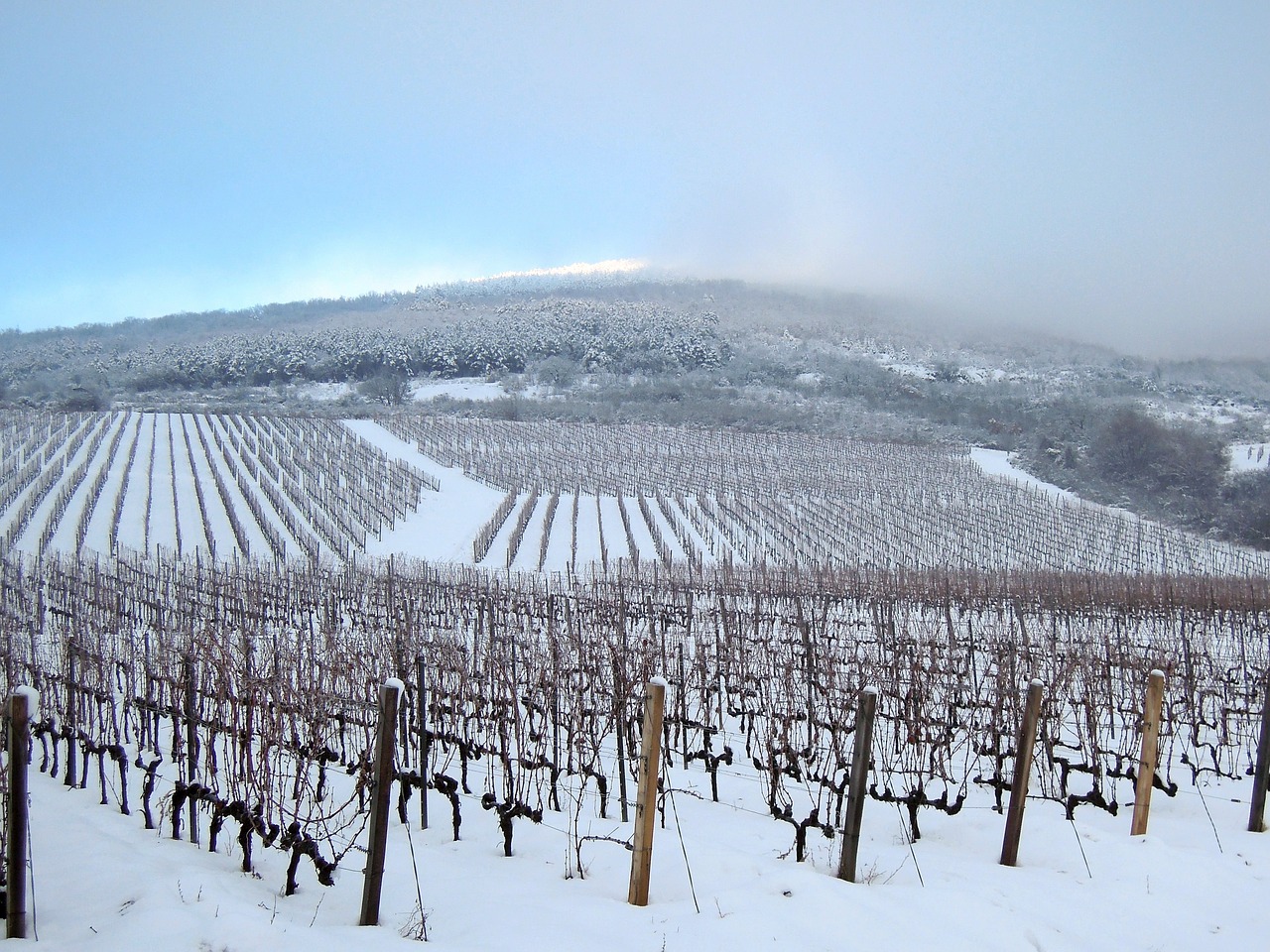
As the cold sets in, all foliage will die off, the plants roots will go into a deep sleep, vines will get trimmed, and the cycle will begin again.
If your looking to sample some really great wine, made possible by a lot of hard work and tender loving care-stop by Rosella’s Tasting room, where you’ll get the whole experience of food pairing samples and all!
~Cheers


